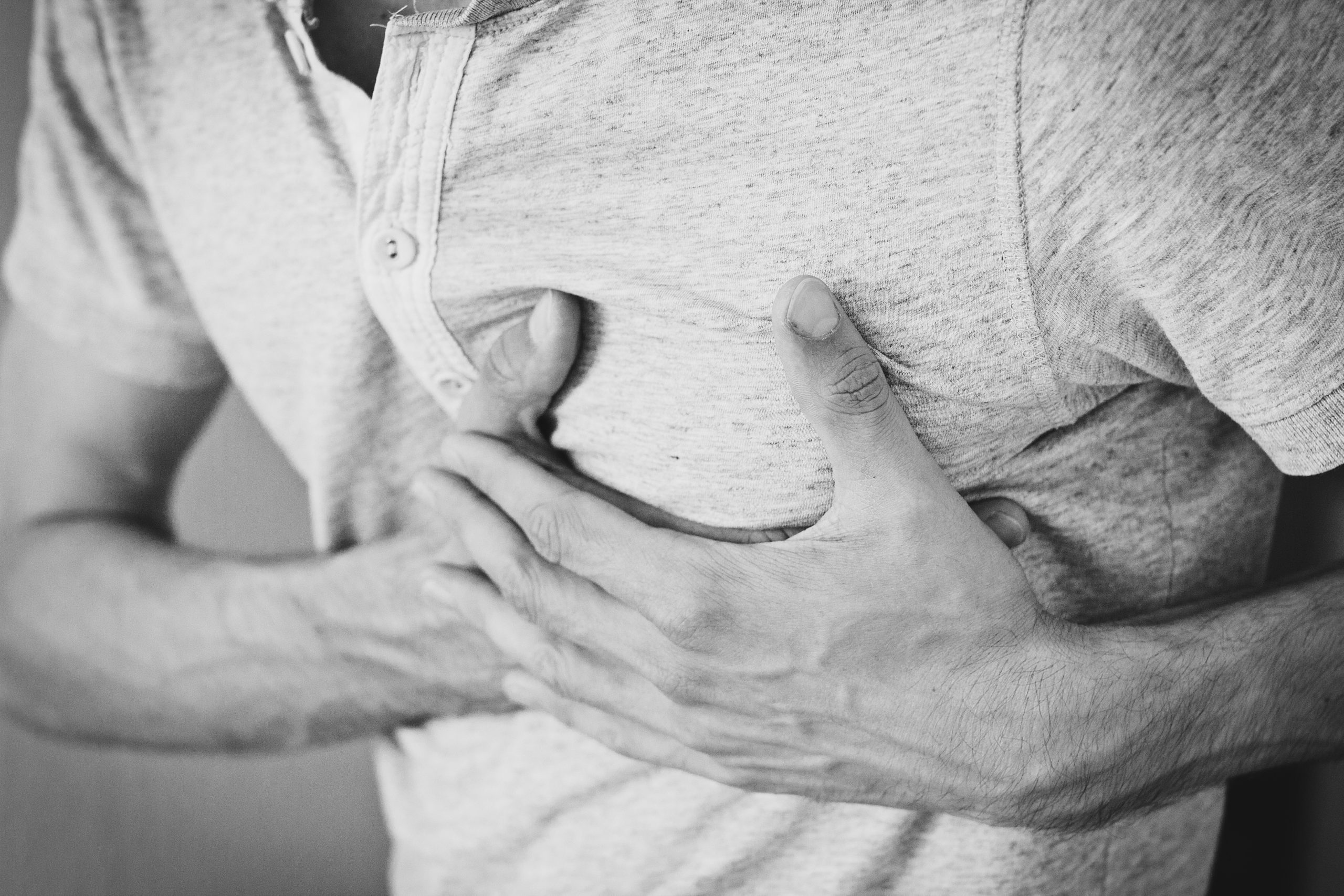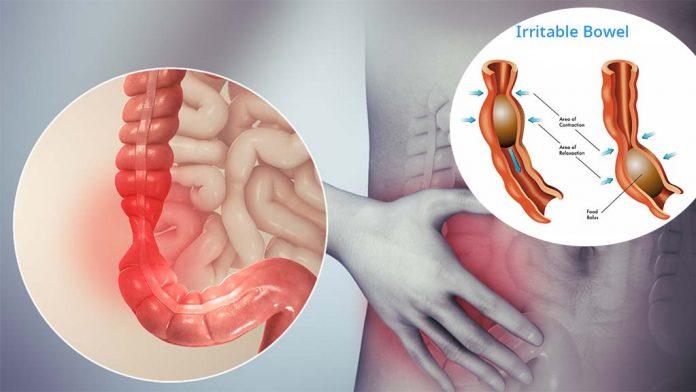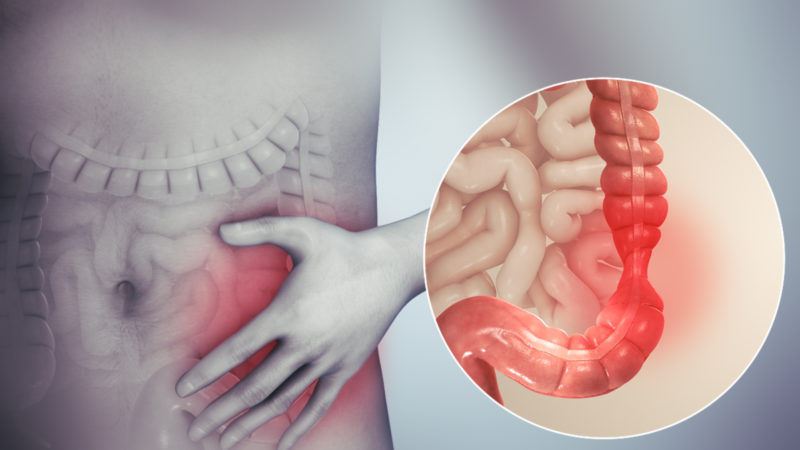Pulmonary Embolism: Symptoms, Treatment, And Causes

Modern lifestyles have made our life very easy and comfortable; however, like every good thing comes to some side effects and so is with it. The modern lifestyle while making our lives easy has also put us at risk of many health problems like pulmonary embolism. The use of technologies has reduced our physical activity and thus, health issues like embolism, but the main issue is most people are not even aware of pulmonary embolism symptoms.
To understand health issues like pulmonary embolism and its symptoms better, we first need to understand what it is? This is important as health problems like embolism can cause serious health problems and can even be fatal in some cases. Thus it becomes even more vital to understand the pulmonary embolism symptoms as treating it on time is essential.
To help you with understanding and knowing the pulmonary embolism better, we have compiled a small guide in the article. In the article below, you will find all the information like the signs of pulmonary embolism, causes and symptoms. You will also find other information like prevention and risk factors in the guide we have put together.
What Is Pulmonary Embolism?
The first thing to do when understanding this health problem is to know, what is pulmonary embolism? Pulmonary embolism is a health problem when a blood clot develops or occurs in the lungs. Formation or occurrence of the pulmonary embolism can have many effects like damaging the parts of lungs, restricting the flow of blood, reduction of the oxygen levels in the blood and also affect other organs of the body.
If the blood clots in the lungs are small, they can be treated with medicines, but if large or multiple clots occur, they can be fatal. The blockage due to embolism can be life-threatening in some cases, and thus knowing the symptoms of pulmonary embolism is vital. According to records, one-third of people who are untreated or undiagnosed due to lack of knowledge for signs of pulmonary embolism die.
However, if a person is aware of the signs of pulmonary embolism, and gets emergency medical treatment in serious cases, it efficiently increases the chances of saving the person and avoidance of permanent lung damage.
Pulmonary Embolism Causes
Formation of blood clots can be due to many reasons. One of the most common reasons for the formation of the blood clots and pulmonary embolism is DVT.
Deep Vein Thrombosis is one of the primary pulmonary embolism causes in people in which blood clots form in other parts of the body. Later the blood clots from other body parts like the pelvis and legs travel through the blood to the lungs.
Deep vein blood clots in the body can be due to various causes; some of them are:
- Damage or Injury: Injuries like the tear in muscles or bone fractures can damage the blood vessels and thus cause DVT, which in turn can act as one of the primary pulmonary embolism causes.
- Inactivity: When a person sits at the same place for a long time, the gravity stagnates the blood in lower areas of the body. This stagnation of the blood in the lower parts can lead to the formation of the blood clot. Situations like travelling for long periods or recovering from an illness while on bed rest can be the pulmonary embolism causes.
- Medical Conditions: Some medical conditions can also be the reason for blood clot formation. Treatments like surgery or chemotherapy can be the reason for blood clotting and thus result in an embolism.
So, if you have any of the DVT symptoms or blood clot risks lookout for any pulmonary embolism symptoms.
Pulmonary Embolism Symptoms
The pulmonary symptoms vary according to the place where it lodges and the size of the blood clot. The place and size of the blood clot in the pulmonary also impacts the symptoms you are going to face as according to it, the symptoms can be mild and severe.
One of the most common pulmonary embolism symptoms is shortness of breath. The air hunger or shortness of breath can be sudden or gradual.
Other pulmonary embolism symptoms include:
- Anxiety
- The bluish or clammy tone of the skin
- One of the other symptoms is the chest pain which may extend into the jaw, shoulder, arm or neck.
- A heartbeat that is irregular
- The rapid or intense speed of breathing
- Lightheadedness
- Fainting
- Intensified heartbeat
- Blood spitting
- Restlessness
- Weak pulse
If you see any of these pulmonary embolism symptoms, specifically the shortness of breath, you must seek immediate medical attention.
Diagnosis Of Pulmonary Embolism

The diagnosis of pulmonary embolism can be difficult in some cases. If a person is already suffering from any health condition like emphysema or high BP, the diagnosis of the pulmonary embolism and symptoms becomes difficult.
When you notice any pulmonary embolism symptoms and visit a doctor, the first thing they will ask you is, do you have any pre-existing health conditions?
After the short talk, the next thing that the doctor will do is to conduct some tests to ascertain the pulmonary embolism causes and then diagnose the signs of pulmonary embolism. Some diagnosis methods are:
- X-Ray of Chest: This is one of the best ways to determine the causes of pulmonary embolism. In it the x-ray allows the doctors to see your lungs and the heart in detail as well any problems with the bones which are around the lungs.
- Electrocardiography: This test is done to measure the electrical activity of the heart.
- MRI: In this test, radio waves are used to produce a detailed image of the body parts, thus helping in the diagnosis of the pulmonary embolism symptoms and causes.
- CT Scan: These tests allow the doctor to see a cross-sectional image of a person’s lungs. If a doctor feels there is a problem, a more extensive test known as V/Q scan can be done.
- Pulmonary Angiography: In this test doctor makes a small incision to guide a special tool through the veins. The doctor also injects a speciality made dye as it helps them see the blood vessels clearly in scans, thus helping them in treatment of pulmonary embolism symptoms.
- Venography: This is a type of x-ray which is specifically for the veins of the legs.
Pulmonary Embolism Treatment
Pulmonary embolism treatment depends on the location and the size of the clot. If the blood clot is small in size and recognised early from the various signs of pulmonary embolism, doctors may prescribe medications. Some medications can help in breaking off the small clots and thus can help in treatment.
Some common drugs which your doctor may prescribe are:
- Anticoagulants
- Thrombolytics that are also known as clot dissolvers.
In some cases where the clot is large and causing blood flow restrictions to the heart and lungs, surgery may be needed. Some of the surgical procedures that the doctors use for pulmonary embolism treatment are:
- Vein Filter: Installation of a small filter through an incision in the vena cava as it is the main vein that travels from legs to heart. The filter thus helps in prevention of any clots travelling to the lungs. One thing to know is that filters must not be inside the body for long as they might themselves act as blood flow restrictions in long runs.
- Clot Removal: Using a thin tube known as a catheter, large blood clots are removed using a suction method. However, it is not an effective method as it is difficult to perform.
- Open Surgery: This is a method which doctors use only in serious and emergency cases. In it blood clot is removed directly through surgery from the veins, thus restoring the blood flow.
Pulmonary Embolism Risk Factors
Pulmonary embolism can develop due to many reasons, and the pulmonary embolism symptoms can be seen in many people. However, some people are at greater risk of pulmonary due to the following risk factors:
Medical Conditions
If a person has any pre-existing medical conditions, they may be at higher risk of pulmonary embolism. Some health conditions that put you at pulmonary embolism risk are:
- Heart Diseases
- Cancer
- Surgery
- Any disorders that impact the clotting abilities of the body
- Coronavirus or Covid-19
Other Pulmonary Embolism Risk Factors
Other than these medical conditions, some other conditions that put people at risk are:
- Prolonged Immobility due to various factors like long trips or bed rest.
- Smoking
- Overweight
- Estrogen supplements
- Pregnancy
Pulmonary Embolism Prevention
One of the best things you can do for pulmonary embolism prevention is the prevention of deep vein clots in the legs. Due to this reason, most doctors suggest the following prevention methods:
- Anticoagulants
- Compression stockings
- Elevation of legs
- Less physical activity
- Pneumatic compression
Some other things you can do for pulmonary embolism prevention are:
- Drink plenty of the fluids
- Take regular breaks from the sitting and don’t sit at one place for long
- Fidget while sitting for long
- Wear some supportive stockings
Takeaway
Pulmonary embolism is a health problem when a blood clot develops or occurs in the lungs. The blood clot can be sometimes fatal if it restricts the blood flow to the lungs due to its place and size. However, if the pulmonary embolism symptoms are recognized early, it can be treated through medications. However, surgery is needed in serious cases of pulmonary embolism.
One of the best things you can do is control the risk factors like smoking to prevent pulmonary embolism from occurring. Another thing to do is to consult a doctor as soon as you see any pulmonary embolism symptoms.






